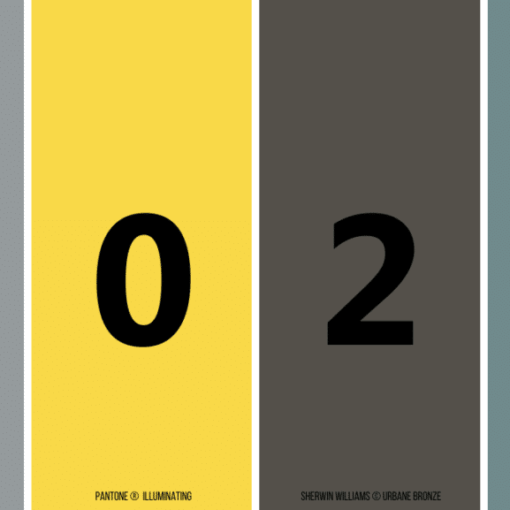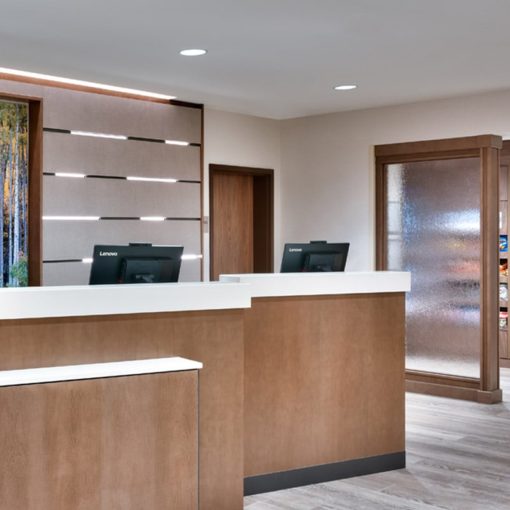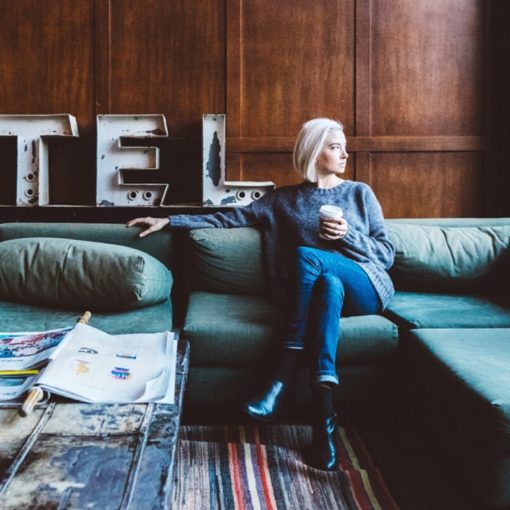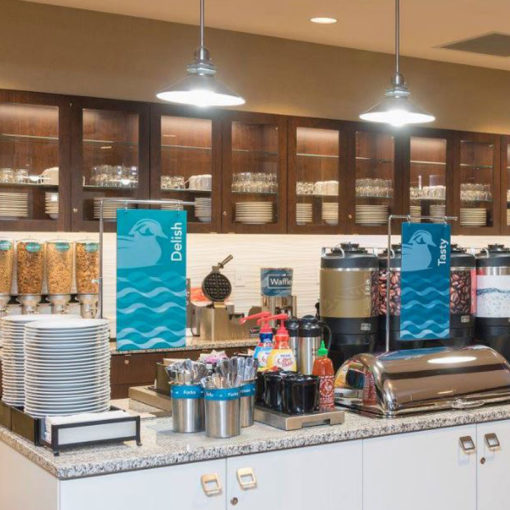Tips for Drama-Free Hotel FF&E: Interior Design
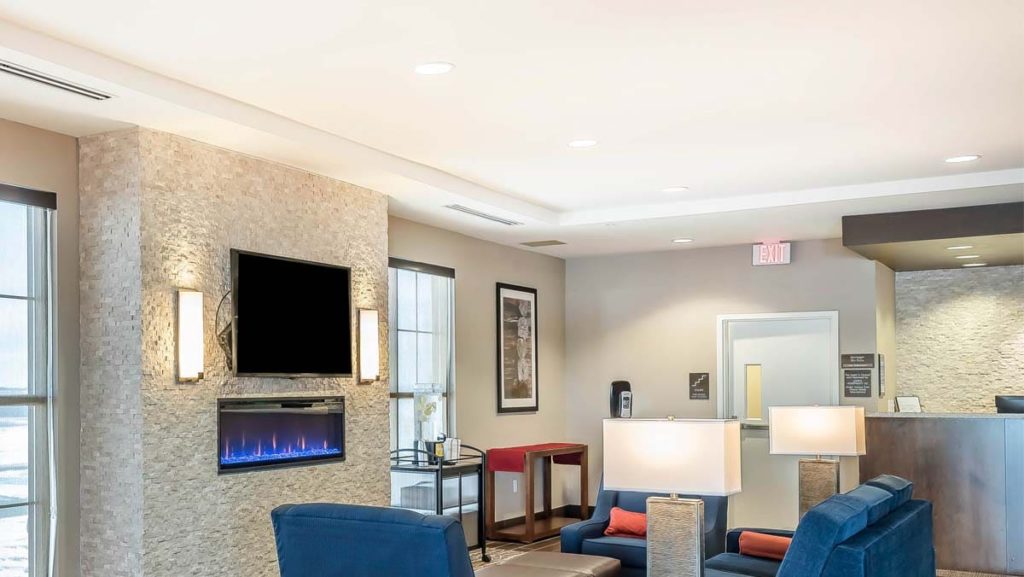
Nobody likes drama (unless it’s in your favorite movie or TV show!), but many hotel furnishings projects have more than their fair share of it. With a focus on the interior design phase, we’ll discuss what it takes to keep drama out of your hotel and back in Hollywood where it belongs.
But what, exactly, does it take to have a drama-free hotel FF&E project from an interior design standpoint?
The Three Things to Know
Before any hotel construction or renovation project begins, there are three main things your interior designer needs to know:
- The Project Scope & Budget
- Other Team Members and Their Roles
- Brand Requirements
The Project Scope & Budget
Without a clear project scope, your interior designer simply can’t meet, let alone exceed, the expectations you have. How could they? Whether it’s a refurb or new construction, your expert interior designer will do a property tour and ask the right questions to get crystal-clear on your goals and vision for your hotel. They’ll also need the latest and most up-to-date AS-BUILT drawings of your property.
Between construction costs, architectural costs, interiors, procurement, design, and unexpected things that may arise along the way, it can sometimes feel like your budget is a moving target. Some changes can be unexpected and arise even with the best of preparation, but if your budget does change, avoid drama by communicating with your interior designer so they’re up-to-date on any necessary adjustments that may impact their work. Share this information with your planning/project estimator also and make sure allowances are penciled in to allow for flexibility should it be needed along the way.
Other Team Members and Their Roles
Each team that is working on your hotel renovation or new construction depends on another. Your interior designer needs to know what the procurement team and your architect are doing, and the architect may be overseeing structure, lighting, civil, and landscaping teams. Interior designers need to coordinate with the architect to determine roles and responsibilities, especially ones that sometimes fall on one or the other. Otherwise, key responsibilities may slip through the cracks and result in oversights and delays.
With clearly defined roles and methods of communication—especially between your interior designer, procurement team, and architect—everyone will work towards a common goal, practice accountability, and enjoy their time together on the project. The result? A better experience and final product for you!
Brand Requirements
If you have a branded hotel, you know that there are certain brand requirements to abide by. From the very beginning, your interior designer needs to be well-versed on your brand’s standards, and they need to know if different submittal processes and technical standards apply. If your brand has issued a Property Improvement Plan (PIP) for your hotel, sharing that with your designer is an important step.
Remember, your interior designer wants to keep your brand happy, too. To avoid drama, communicate any of your desired deviations to your brand directly, keeping your interior designer in the loop.
The more your interior designer is aware of changes, the smoother your project will go, and the better they can make informed decisions on your behalf.
The Master Key: Communication
Remember, there’s no such thing as perfect. The bigger your project, the more likely it is that something unexpected will occur. But if you have realistic expectations, open lines of communication, and clear responsibilities, the process will go as smoothly and drama-free as possible.
Naturally, there are some things you simply can’t plan for, like weather, unexpected building issues, or the roll-out of new brand schemes mid-project. Luckily, most surprises are avoidable. How? By avoiding cheap short-cuts, the lowest bidder (you get what you pay for!), and fuzzy project scopes. Your interior designer should be experienced and well-versed in accessibility codes and hospitality projects and be a wiz when it comes to managing communication with the architect and procurement team.
When it comes down to it, the most drama-free hotel renovations and new construction projects all have one thing in common: Excellent communication between everyone involved.
So, ensure the following when working with your interior designer:
- The project scope and budget are clearly defined
- Everyone knows their role and responsibilities
- Brand requirements are understood and followed
- Project changes along the way are immediately communicated to your designer
- Contingencies and potential time delays (for permitting, etc.) are built into the design timeline
- That you are honest and upfront about changes, feedback, or concerns (the sooner, the better – and, oftentimes, cheaper!)
Your designer should be a trusted partner who helps your hotel comply with brand requirements, stay within budget, have furniture that fits, and look great. At Innvision Design Studio, we take the drama out of the design aspects of the hotel FF&E process so your project flows smoothly. If you’re ready to see how Innvision can make your hotel renovation or new construction drama-free, contact us today! We’ll be happy to help.
